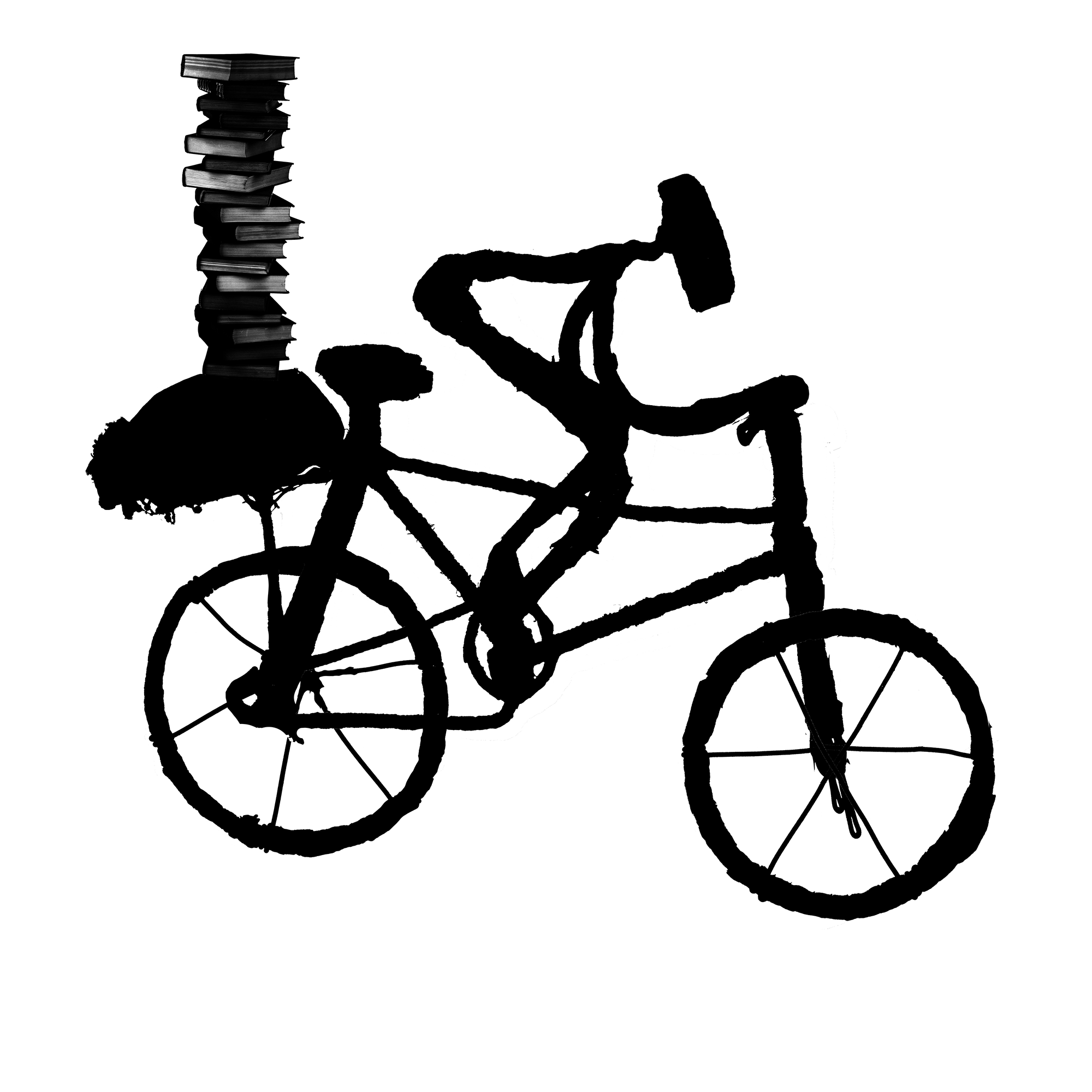One of an author’s nightmares must be that after one/two/three/many years of writing a ground-breaking novel full of new ideas and original insights, either someone else pips them to the post and publishes an almost identical story, or something else in the world changes in relation to something in the plot.
To my knowledge, no one else has published a novel with the same story line as Rare Traits, which is why I have been keen to get it out there as soon as possible, but since I started writing, some of the science that it was based on has matured. Fortunately, it doesn’t change the relevance of the plot since the story starts hundreds of years ago and finishes in 2009. In fact, in many ways, recent scientific developments vindicate the ideas behind the plot, which will certainly make one of the main characters, Claudia Reid, a very happy girl.
Claudia’s research
In 2009, Claudia was a forensic biochemist working in the now defunct Forensic Science Service in the UK. Her laboratory carried out the DNA profiling of samples submitted by the police, the results becoming part of the National DNA Database. But Claudia also carried out research into genetics, her particular passion being to find if the structural bits of DNA molecules that connect up the genes had more than a structural function, that they were more than the ‘junk’ DNA that scientists had labelled them.
In many ways, it made sense that ‘junk’ DNA was anything but junk since nature abhors waste and it’s hard to believe that so much of each DNA molecule would have no other function than be the molecular equivalent of bricks and mortar. Claudia was convinced, but of course, conviction is one thing; proof is another. So when she came across John Andrews’ DNA profile, she felt sure she had discovered something important for her research.
The Encode Project
Today, in 2012, Claudia and her mentor Professor Frank Young’s findings have been shown to be correct. In September of this year, scientists who have been working on the Encode Project for the last ten years reported their findings in around thirty scientific journals.
And the Encode Project has been looking at exactly what fired Claudia’s passion – junk DNA. The Encode findings have shown that junk DNA controls thousands of molecular switches that turn processes on and off in the body in a very sophisticated way. They are the key to how genes work in conjunction and to how the body copes with or succumbs to disease. This discovery has opened a whole new avenue of research that will occupy the minds and activities of huge teams of scientists for years to come, doubtless to the benefit of all of us.
For a very neat explanation of the Encode Project, watch the video in the link.
The future…
In 2009, when Claudia began her quest to seek out John Andrews, the idea that junk DNA had a significant role had many detractors in the scientific community. That is what has changed; those detractors have been shown to be wrong and Claudia is delighted. But her story, together with that of John Andrews and the others main characters in Rare Traits, is just as relevant now as it was then. And the particular features of John’s DNA that set him apart from almost all of the rest of us and which give him his Rare Traits are no less important.
Maybe in the real world, once more is known about how junk DNA operates those switches and scientists develop ways of controlling them, people as disease-free as John Andrews might be more than a figment of my imagination. And maybe those switches could control ageing itself…




